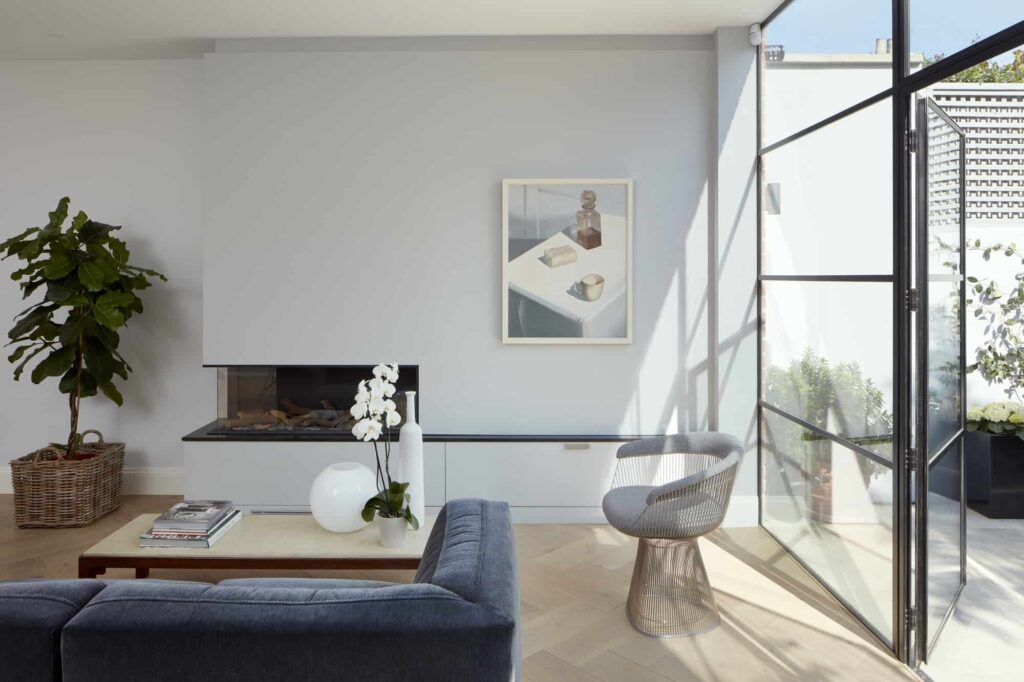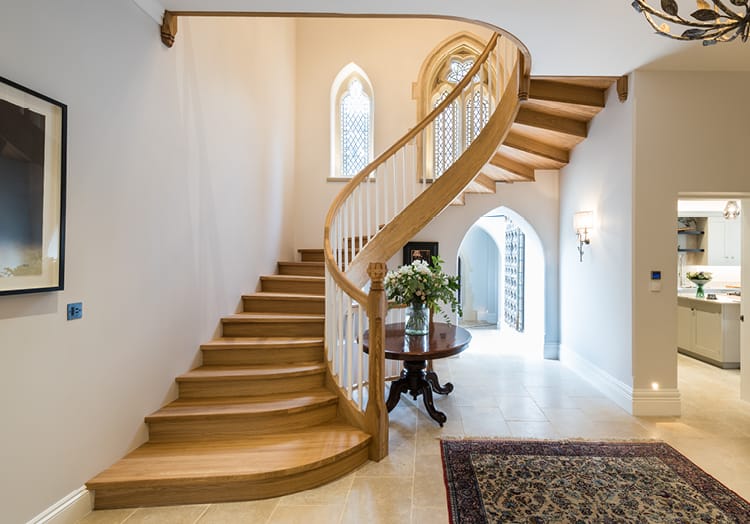SDA Build featured in the June issue of i-build magazine

We were delighted to be featured in the June 2018 issue of i-build magazine. A new owner and a new vision for a Victorian property in the heart of London. We are grateful to Melinda and Chris Swann for giving us this opportunity.i-build is one of the UK’s leading building publications featuring exciting building projects, tips […]
Property Renovation – Flat Roof vs Pitched Roof

If you are considering building an extension, one of the decisions you will need to make is whether to opt for a flat roof or a pitched roof. Both have their merits and will depend on several factors including your budget, the desired look of your home and the height of your extension. At SDA […]
Property Refurbishment – Thinking about knocking down walls in your home?

Altering the internal configurations of your home is sometimes an easier and cost-effective way to increase space than undertake the challenges of building extensions…
Property Refurbishment advice from Kevin McCloud
Planning Building Work? Read This Advice From Kevin McCloud…
6 ways to increase the space in your home

With stamp duty rates skyrocketing and adding a hefty chunk to the cost of moving, it makes sense to add square footage to your existing space, rather than incurring the pain and cost of moving home.
Ensure your property renovation is on schedule

Embarking on a property renovation project, whether it’s our home or a rental property can be both an exhilarating and daunting thought. Imagining the end result of a luxury kitchen, basement or loft extension is what often drives us to take the plunge, yet, the obvious disruption to daily life, the anxiety of overrunning costs […]